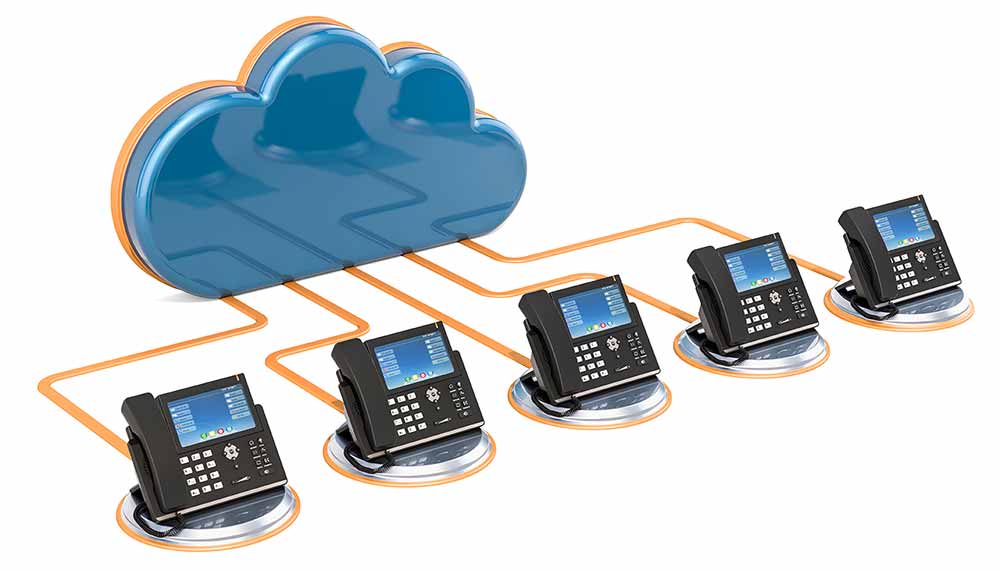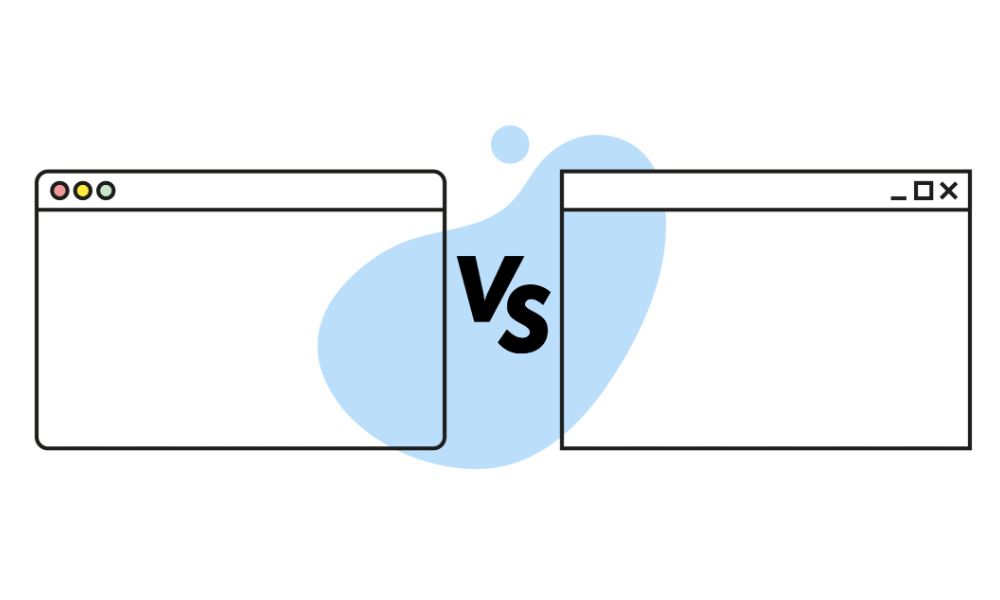End of the Line for Copper!
Cloud-based telephony is coming whether you like it or not!
Most of us probably will appreciate the upgrade, as the UK’s current telephone network dates from the nineteenth century – yes, that’s right, not the last one, the one before! It also consists of engineering which is not that far removed from two tin cans and a bit of string!
Copper and fibre connections, on a grand scale, occasionally interspersed by cabinets full of tangled connections, are what underpin the UK’s voice infrastructure. However, BT has indicated that it intends to ditch this archaic network by 2025 meaning that those copper wires will be finally redundant.

The plan is to switch from traditional PTSN and ISDN networks to VoIP (voice over internet protocol) technology – effectively bringing cloud-based telephony to the nation as a whole.
Basically, most things can be done in the cloud these days and that’s no different for voice calling. Using VoIP simply transforms analogue signals into digital ones and transports them in packets of data through the ether! All of this can be achieved wirelessly and, as with other cloud-based solutions, streamlines the functions of telephony for both the provider and the user.
Non-Geographic Geographic Numbers
The internet makes all of our customer bases global; we can work in partnership with firms in any part of the world and sell our products and services to clients at the opposite ends of the globe at the drop of, well, the click of, sorry, the swipe of a finger. Reaching customers globally is great for a lot of businesses today, but if you’re a plumber do you really need to get a call from somebody called Consuela wondering if you’d fix a dripping tap in the downstairs loo – in Sao Paolo? Perhaps not.
Some businesses just aren’t global by nature. However, this doesn’t mean you want to make do with a local phone number only. Cloud based telephony means you can have a geographic number for anywhere in the UK and simply have it ring at your main office. This kind of flexibility is great for businesses that are expanding and want to establish a local presence in a new town or city without the expense of setting up a whole new office – including switchboard – in that town.
Keeping the costs of physical offices to one and appearing to have local numbers in any number of locations really can be a simple way to expand your business without breaking the bank.
Collaboration and Continuity
Cloud based telephony is a tool that really puts the words collaborative and working into the phrase collaborative working. It doesn’t matter where your team are, you can all get together around the virtual water cooler and have a good old gossip.
Anyone can drop in on the call, including the boss, which certainly does keep the focus off what’s happening in Strictly and more on the job in hand. In reality, compared to the good old fashioned, slightly stilted and often awkward conference call, cloud-based communications make for a much better experience all round.
Continuity is also crucial for businesses in troubled times; cloud-based telephony systems can be managed from just about anywhere and redirected as needed. Come hell or high water, whatever is disrupting your office, can be quickly by-passed by re-routing your calls to a more watertight or cooler location.
Office moves, which aren’t necessarily disastrous in themselves, are also easily managed on the telephony front. There’s no need to wait for engineering visits to set up new lines or numbers and most of the work can be completed quickly and seamlessly by you or your IT provider, meaning zero-hours interruption.

The Silver Linings
Finally, it’s in the detail of cloud-based telephony that many of the advantages over traditional telephony can be found. There are several no-brainer advantages to using cloud-based telephony systems, particularly for business. Adding and subtracting telephone lines can be achieved almost instantly – no lines to install or engineering visits to endure.
Voicemail, call diverts and analytic tools are all pretty much standard features with most cloud-based telephony systems giving you flexibility and control of your telephone systems like never before. In terms of cost, functionality and scalability, cloud-based telephony is full of silver linings!
Are you thinking to move your business telephony to the cloud but don’t know where to start? Contact NECL today for a no obligation chat and consult with experienced experts on the matter to see whether it’s the right move for your business.








